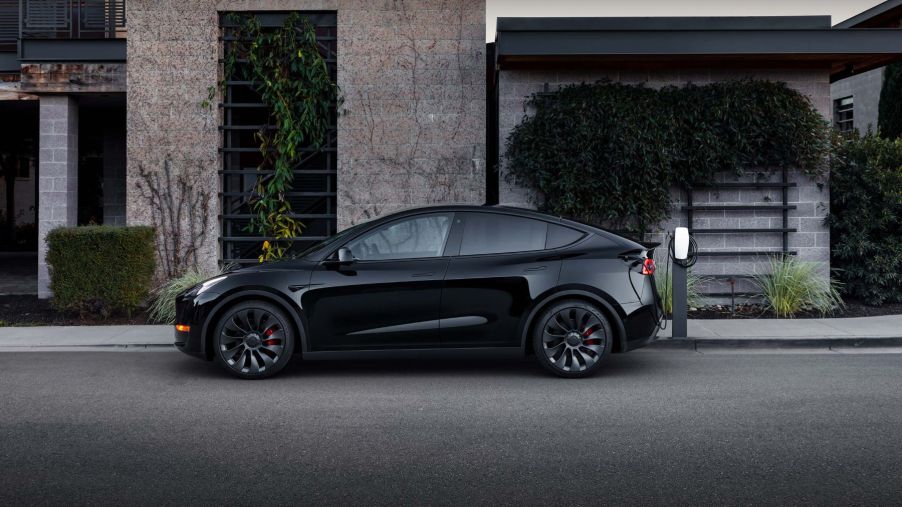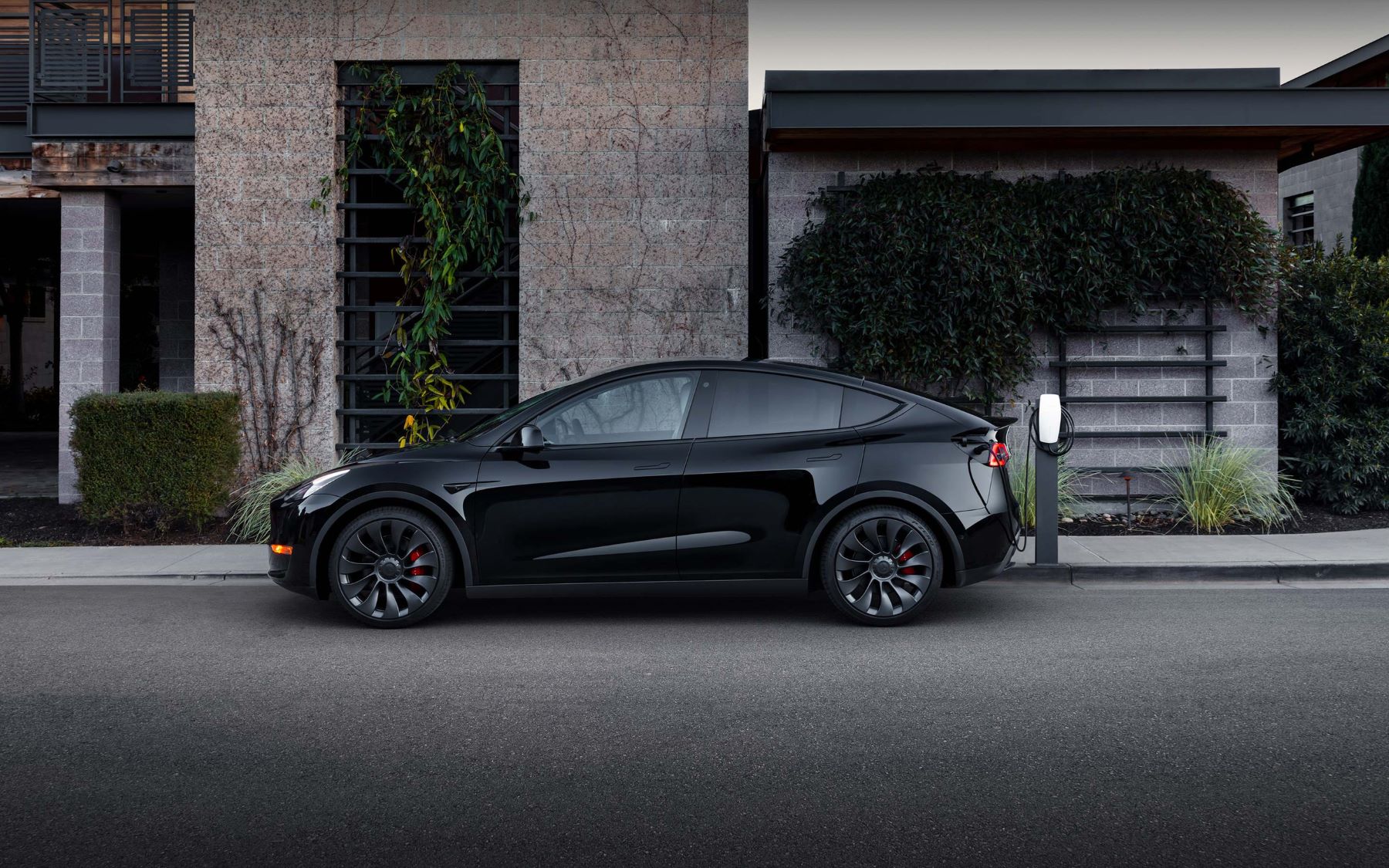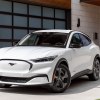
What’s the Difference Between a Tesla Destination Charger and a Tesla Supercharger?
One of the most significant concerns for car-buying consumers and EVs is range anxiety. There’s something mildly terrifying about running out of juice in the middle of a barren landscape. Knowing this is such a prevalent, albeit unrealistic, fear, Tesla continues to advance the availability of charging stations nationwide.
Tesla is also enhancing the various factors that go into charging an electric vehicle, including location preferences, charging speeds, and equipment variances. Two distinct charging styles are available – the Destination Charger and the Supercharger. If you’re an EV owner or plan to be soon, Tesla or not, here’s what is worth knowing about the differences between these two EV charging methods.
Tesla Destination Chargers explained

According to Tesla, 4,500 Destination Charging stations are available in the U.S. at various hotels, parking garages, and restaurants. With Tesla Destination Chargers, the name of the game is slow and steady to win the race.
It will take unequivocally longer to charge your EV using a Destination Charger, so patience is a virtue. However, you’ll preserve your EV’s battery because slow charging degrades the cell less than an intense burst of electricity. Additionally, anyone driving an electric vehicle not bearing the Tesla badge can “refuel” at these Destination Chargers, provided you have the appropriate adapter.
On the fee side of things, Tesla Destination Chargers and stations are usually free. Idle fees, whereby you let your EV charge to the fullest and aren’t quick to disengage for the next user, aren’t applicable with Destination Chargers. Since these are usually in more rural areas, not likely to have a line of electric cars waiting for their turns, idle fees don’t apply.
Tesla Superchargers explained
Tesla says there are more than 30,000 global Supercharger locations providing 200 miles of power in a mere 15 minutes. You’ll find these more readily available near highway locations for convenient fast-charging capability over long distances.
There are also fees to consider with Tesla Superchargers. Buying a brand-new Tesla comes with an annual credit of amperage, worth about 1,000 miles of charging. However, after that runs out, you can expect to pay roughly $15.29 for a full charge on a Tesla Model X. Additional idle costs may apply if you’re hogging a Supercharger well beyond your refueling, forcing others to wait for the station.
The caveat is that fast charging can shorten the lifespan of your EV’s battery. However, as The Motor Digest points out, Tesla Superchargers do engage in slower rates as you’re charging to help protect the battery. The other setback is that Superchargers are not compatible or adaptable to vehicles other than Tesla models. According to Inside EVs, Elon Musk has acknowledged the need for universal EV use and is considering upgrades in the future. But for now, unless you’re driving a Tesla, you can’t use a Supercharger station.
How to find a Tesla or EV charging station on your journey
If you want to explore your Tesla charging options in your backyard or on your next road trip, you can check the Tesla Go Anywhere map. You can use this interactive and user-friendly planner to plot your drive journey and know precisely where to pitstop for a recharge.
As Solar Reviews also states, your Tesla vehicle will have similar plotting technology available on your in-dash touchscreen. However, because those navigation routes are subject to change with over-the-air updates, it’s sometimes required that you reboot your system.
Lastly, make sure not to get EV range anxiety. Today’s charging station infrastructure continues to grow and provides options in growing numbers. Whether you need a Destination Charger while you grab a cup of coffee with friends or need a super-fast recharge on your Tesla Model X at a highway located Supercharger, you’ll likely be able to relax about running out of juice.


